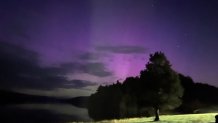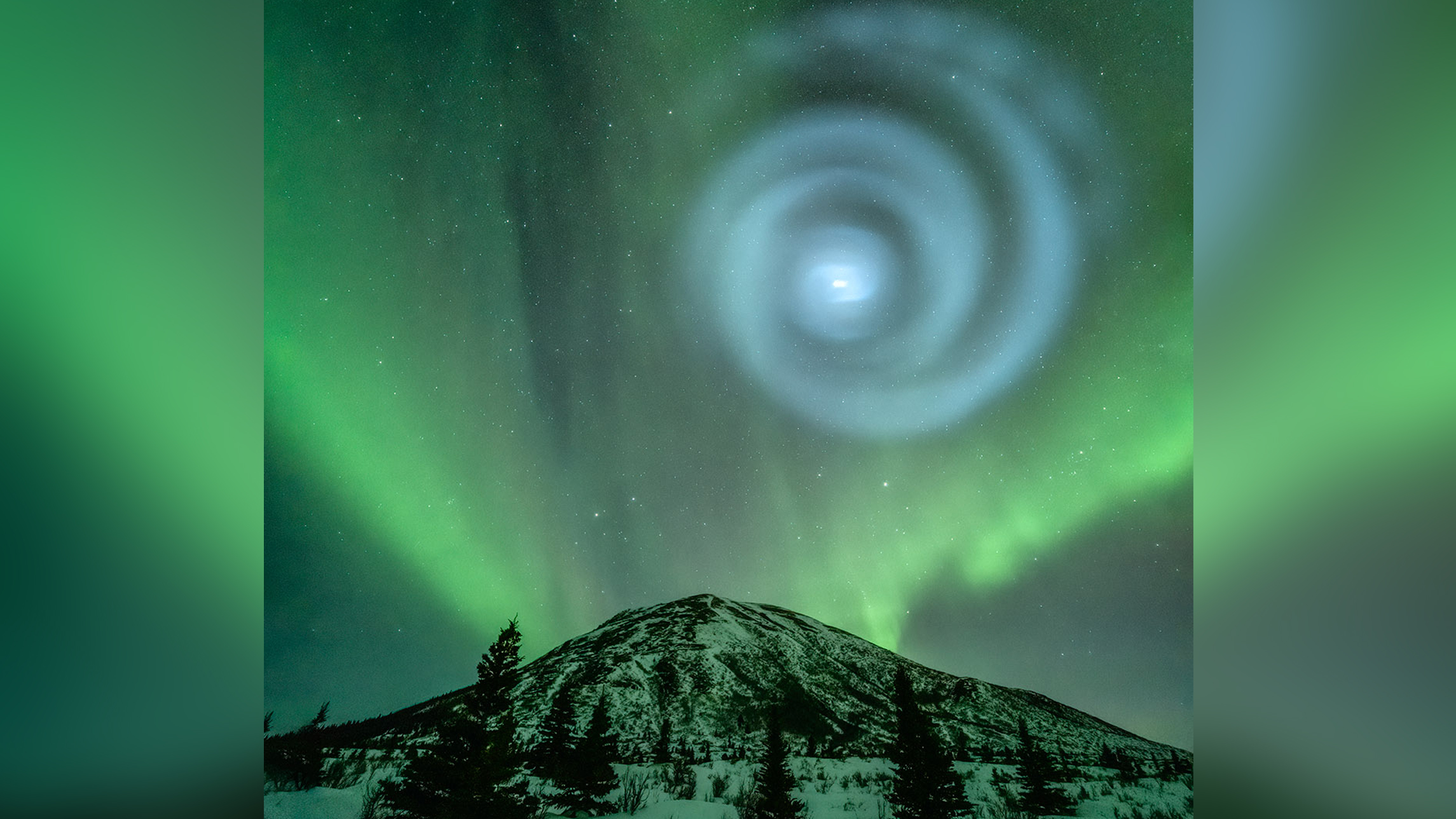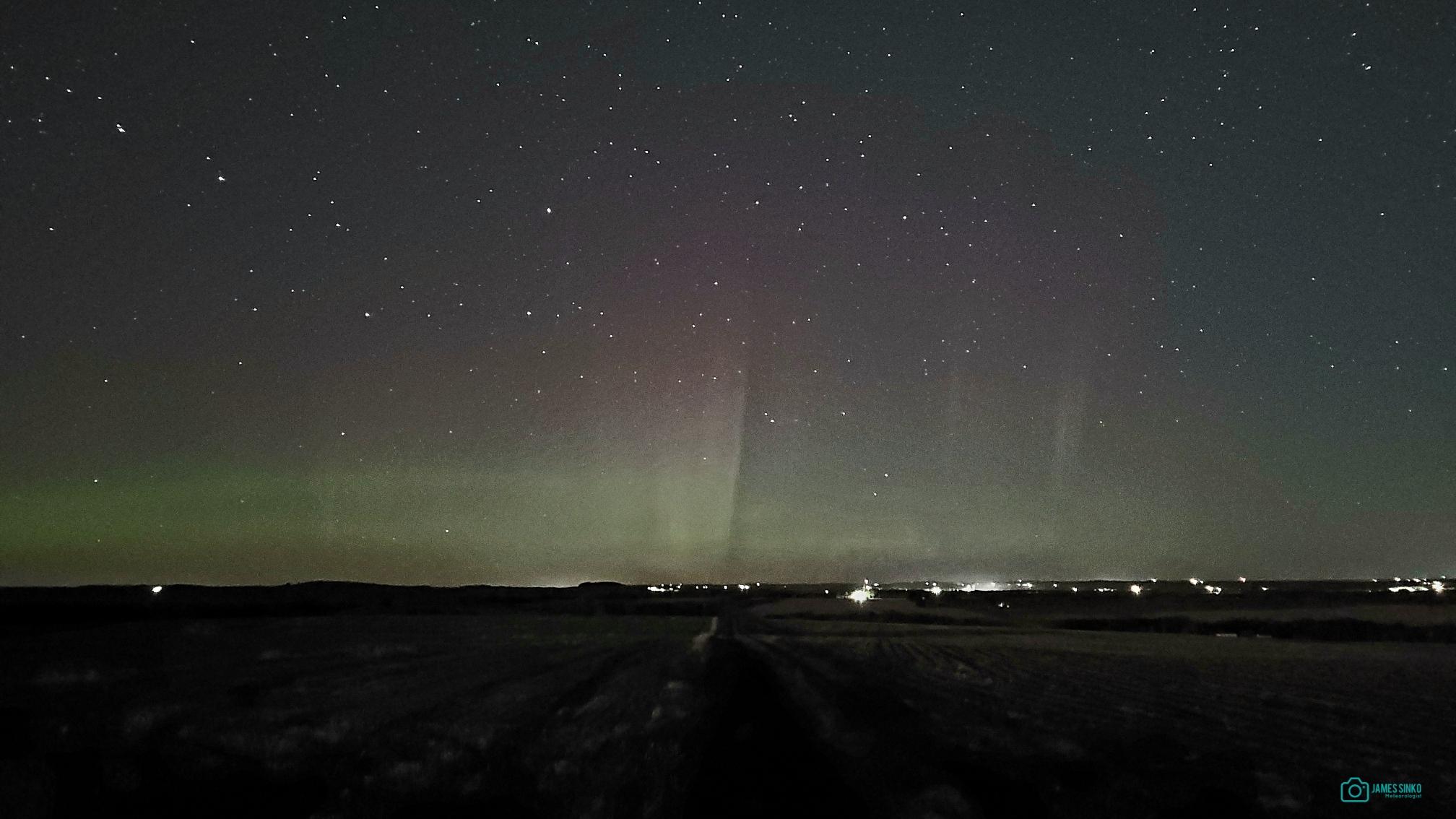On Sunday night, the northern half of the United States got a rare treat in the skies looking north: the aurora borealis was visible as far south as Oklahoma and northern Arizona.
All of New England had the opportunity to view this amazing display of the Northern Lights, but cloud cover prevented many from enjoying it.
WATCH ANYTIME FOR FREE
Stream NBC10 Boston news for free, 24/7, wherever you are. |
Prime locations for viewing included most of Connecticut, western Massachusetts and Southern Vermont, while New Hampshire, eastern Massachusetts and Maine were socked in with cloud cover and drizzle most of the night. However, for those who were patient, the aurora became visible in the early hours of Monday morning.

Get updates on what's happening in Boston to your inbox. Sign up for our News Headlines newsletter.
In the last month, strong geomagnetic storms have provided amazing displays of the Northern Lights, and areas that rarely see them — well, south — have gotten fantastic views. Here in the Boston area, such vivid displays of the Northern Lights are uncommon.
Geomagnetic storms are rated on a “G” scale. A G1 Storm is minor, G2 moderate, G3 strong, G4 severe and G5 extreme. For us to see auroras this far south, a G3 or stronger storm is needed.
Sunday night’s storm was a strong G4, perhaps the strongest in two decades.
Be prepared for your day and week ahead. Sign up for our weather newsletter.
Having two strong geomagnetic storms in a month is certainly rare. When a storm of this strength arrives, auroras can be viewed with the naked eye, but cellphone cameras can greatly enhance their visibility as well.
For future events, remember to find an area free of city light pollution. Point your phone camera toward the northern horizon to enhance the Aurora.
Unfortunately, no major geomagnetic storms are forecasted in the near future.




